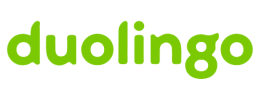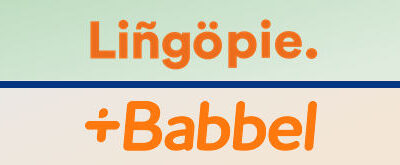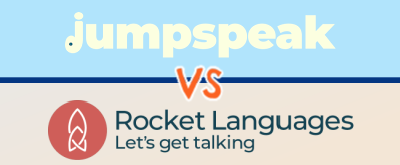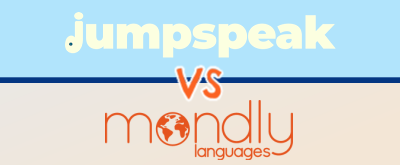When it comes to language learning, both Lingopie and Duolingo offer unique approaches tailored to different learning styles and goals. This article explores the strengths and weaknesses of each platform, helping you decide which program might be the best fit for your language journey.
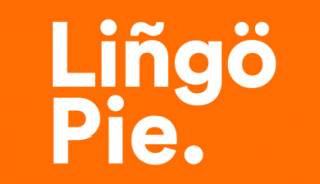
Sale: 70% OFF
Applied in Cart
|
$6-$12/mo |
Popular video-based language learning program that offers a variety of tools to help you learn a new language. Lingopie is often referred to as the “Netflix of language learning”. |
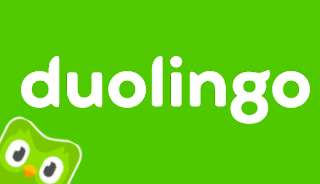
Free Version
Sign Up Today
|
$7/mo (Super Plan) |
A fun language learning app featuring quick, engaging lessons, though the program overall, is somewhat basic in nature. |
Editor’s Choice
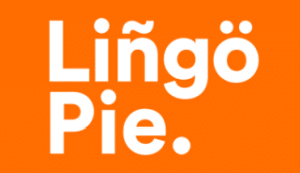
Lingopie
- Multiple Subscription Options
- Free 7-Day Trial
Pros
- Super entertaining way to learn a new language
- Premium content library (top-notch tv shows and movies)
- Detailed, insightful grammar explanations
- Impressive speech recognition software
- Better suited than Duolingo for intermediate to advanced learners
Cons
- No structured curriculum/lesson plan
- No free plan like Duolingo
Why You Should Choose Lingopie Over Duolingo
To kick this comparison off, let’s discuss the major reasons you should consider choosing Lingopie to learn a new language such as Italian, Russian, or Japanese.
Video-Based Learning Framework
Lingopie and Duolingo each offer distinct ways to learn a new language, with Lingopie taking a particularly engaging approach that stands apart from traditional language apps.
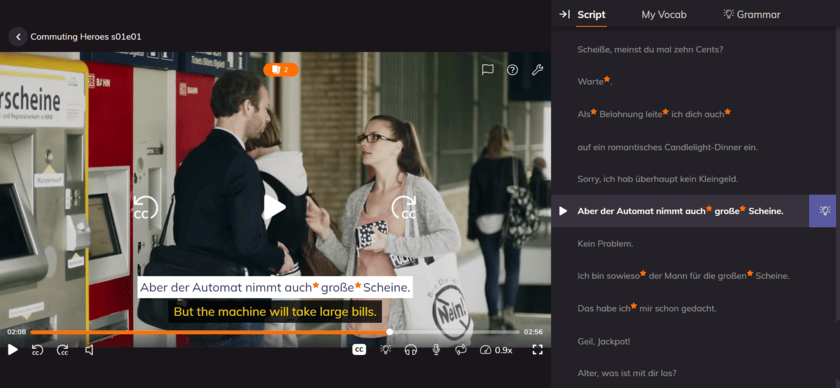
Rather than following a structured curriculum, Lingopie immerses users in real, premium TV shows and movies —think titles like How To Get Over A Breakup or Eye For An Eye — enhanced with interactive subtitles and tools to help learners connect with the language naturally and enjoyably.
By blending entertainment with education, Lingopie aims to make the learning experience more fun and less frustrating, keeping learners engaged for longer (similar to FluentU).
For the record, Duolingo does not offer any type of video lessons, let alone tv shows or movies.
Better Fit For Visual Learners
It should come as no surprise that Lingopie is particularly well-suited for visual learners, given its focus on video-based content. If you absorb information most effectively through visuals, Lingopie’s use of TV shows and movies will likely be a perfect match.
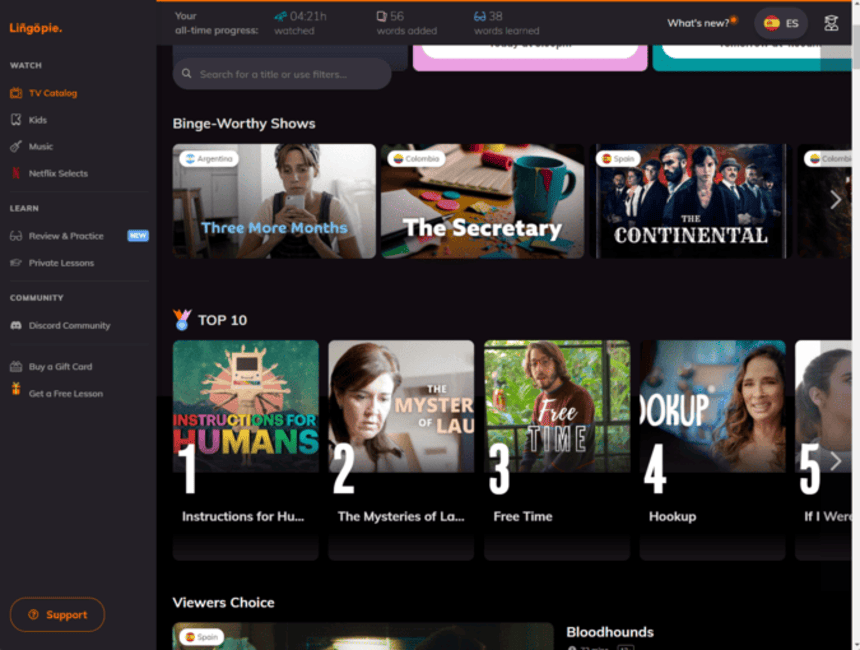
In contrast, Duolingo takes a largely text-based approach, with no video content involved. So, for visual learners, Lingopie stands out as the better choice between the two.
Helpful Features And Tools
We were genuinely impressed with the wide range of tools and features Lingopie includes to support language learning. Initially, we expected a straightforward experience of watching TV shows with subtitles, but the platform offers much more.
One standout feature is the ability to click on any word in the subtitles to receive a detailed explanation and definition, along with an automatically generated flashcard for future review. But these aren’t just any flashcards—Lingopie’s flashcards are interactive and video-based, including the actual scene where you clicked the word, which boosts recall and helps cement vocabulary.
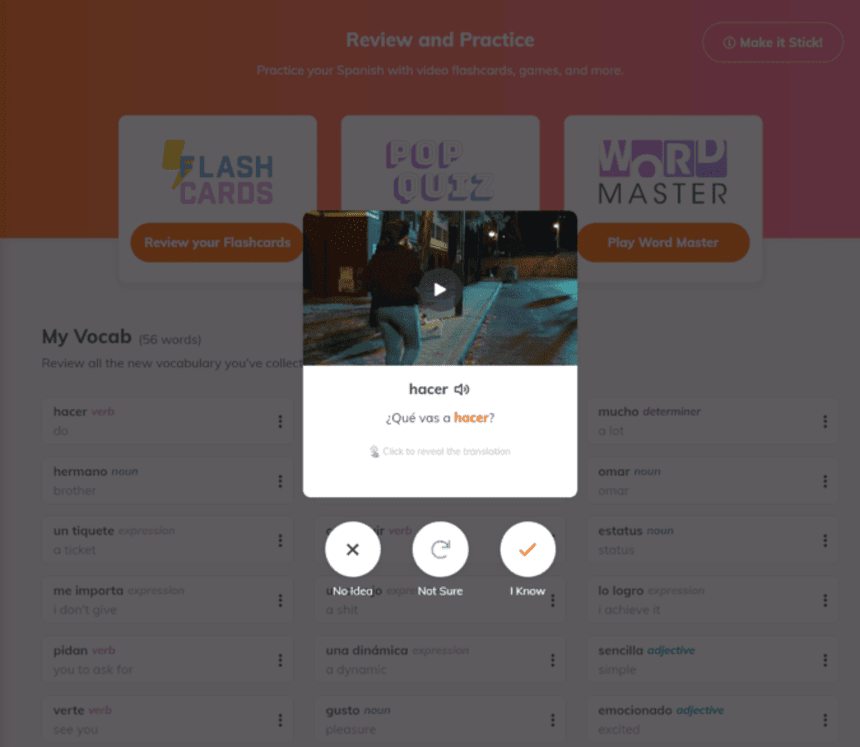
Additionally, Lingopie offers a loop function that replays scenes until you feel comfortable with the dialogue, as well as an adjustable playback speed, so you can slow down fast-paced conversations.
Overall, we were pleasantly surprised by the depth of Lingopie’s learning tools, which clearly go the extra mile to make language learning enjoyable and effective.
Insightful Grammar Instruction
Finally, let’s discuss grammar instruction. Although Lingopie doesn’t stick to a traditional language curriculum, we found its approach to teaching grammar surprisingly effective—even more so than Duolingo.
One of Lingopie’s strengths lies in its grammar support. For example, the subtitles are color-coded to highlight different grammatical elements in your target language—adjectives might be green, while adverbs are red—which helps users quickly identify these parts of speech.
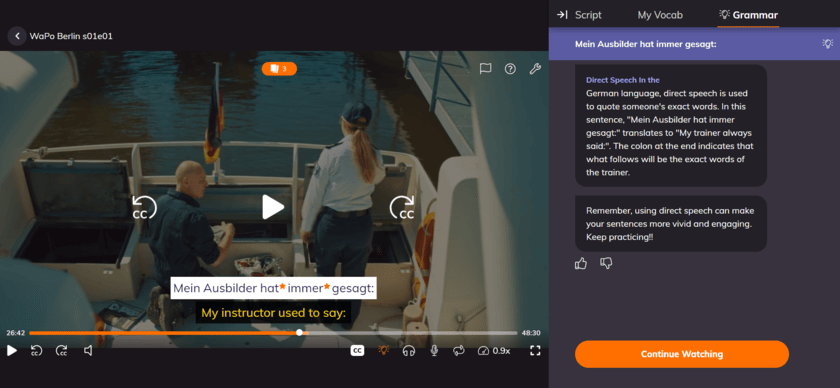
Additionally, clicking on any word in the subtitles provides an in-depth breakdown, including details like gender, number, and context-specific meaning.
Perhaps the most innovative feature is Lingopie’s grammar coach. With a simple click on the lightbulb icon, learners get an instant, detailed explanation of the relevant grammar rules directly alongside the video, making it easy to grasp the structure of sentences in real time.
Editor’s Choice
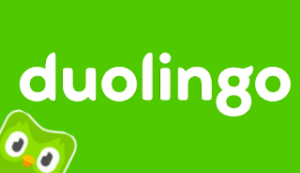
Duolingo
- 40+ Languages
- Free & Paid Plans
Pros
- Free plan available (Lingopie only offers paid plans)
- Quick, engaging lesson format
- Gamified learning experience holds your attention
- Consistent review sessions helps with material retention
Cons
- Free version is quite limited
- Program overall is not ideal for intermediate and advanced learners
- Limited grammar instruction
- No video lessons
Why You Should Choose Duolingo Over Lingopie
Now that we’ve discussed what Lingopie offers learners, let’s flip the script and talk about a few of the reasons to select Duolingo to help you learn a new language.
Free Plan Available
One major advantage Duolingo has is its free version. While we’ve noted some limitations, there’s no question that Duolingo provides a solid option for anyone wanting to learn a language without spending a cent.
With Duolingo’s free plan, you still gain access to most of the app’s features, which is a rare find among language apps we’ve tested. Although some apps advertise free versions, they typically don’t match the amount of content and functionality that Duolingo offers. So, if you’re looking to learn on a budget, Duolingo is hard to beat.
With that said, it’s important to note that the Lingopie plans are pretty affordable – as low as $6 per month.
Structured Curriculum
Compared to Lingopie, Duolingo is likely a better fit for learners who prefer a more structured, guided experience, as it follows a traditional language app format with a clear lesson plan and curriculum.
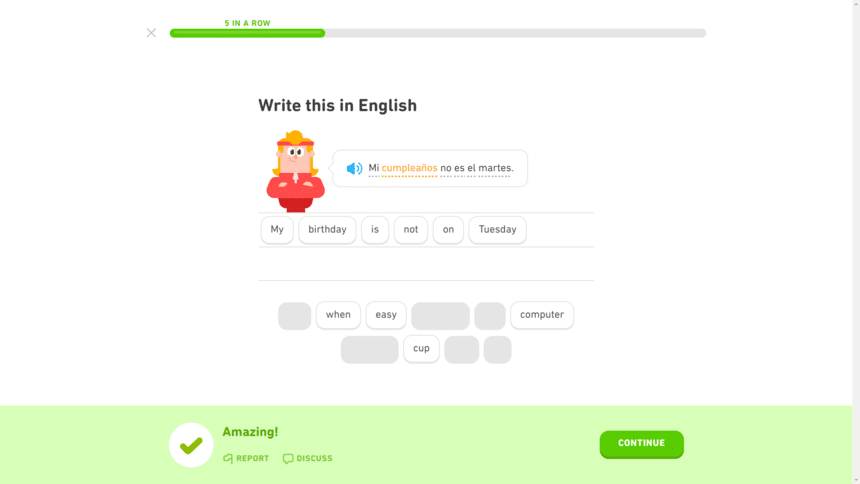
Duolingo leads you through units and lessons in a set order, gradually taking you from beginner to intermediate levels in a manageable way. If you’re someone who finds a structured approach more convenient and motivating, Duolingo’s organized courses may suit you better than Lingopie’s more open-ended, video-based learning style.
Ideal For Beginners
Another advantage Duolingo offers is its beginner-friendly curriculum, and there are two key reasons for this.
First, Duolingo’s lessons are intentionally kept simple and don’t venture into advanced material, making it accessible for those just starting out.
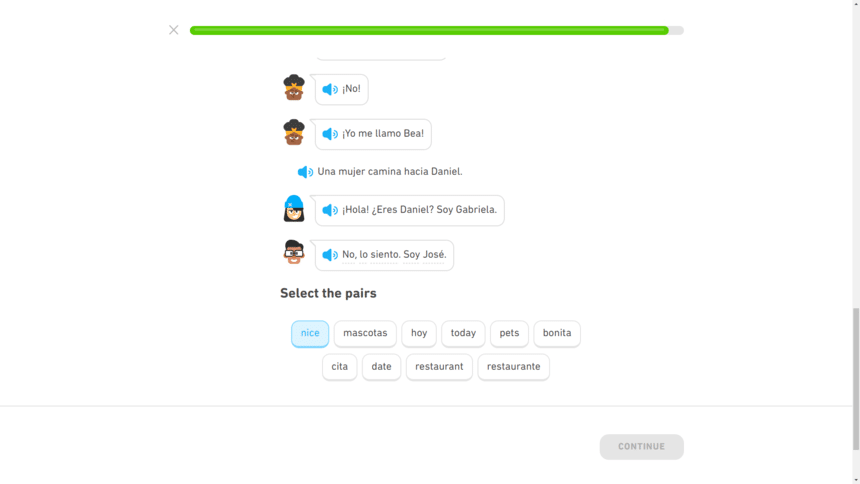
Second, unlike Lingopie, which immerses learners in native-level language through TV shows and movies, Duolingo provides a step-by-step approach, which can feel less overwhelming for newcomers. If you’re someone who might feel frustrated without a clear guide, or you just want to learn some basic phrases for travel, Duolingo may be the better choice.
Gamified Learning Experience
Finally, we appreciate how Duolingo incorporates game-like elements to make language learning engaging and even a bit addictive. The app feels almost like a video game, drawing you in right from the start (somewhat similar to Babbel).
For instance, you earn XP points as you complete lessons, participate in “friend quests,” spend earned gems on extra features, and compete with other learners.
Plus, the app’s animated green owl mascot frequently reminds you to keep your daily streak going, creating a motivating and enjoyable environment that encourages you to stay consistent with your learning.
Verdict: Which Language App Is Best?
After trying both apps, it’s tough to declare a clear winner since Duolingo and Lingopie offer such different learning experiences. Each has its own strengths and weaknesses, so here’s our ultimate recommendation.
The two apps actually complement each other quite well, so we suggest signing up for Duolingo’s free plan (no need for Super Duolingo) and using the saved money for an annual Lingopie subscription. This way, for about $6 per month, you can use Duolingo’s free plan to build a foundational understanding of your target language, then deepen your learning with Lingopie’s extensive content library and interactive tools.
In short, this combination allows you to benefit from both structured lessons and immersive content, with Lingopie becoming especially helpful as you progress from beginner to intermediate.
The biggest difference between Duolingo and Lingopie lies in their learning approaches. Duolingo offers a structured, text-based curriculum with gamified features, while Lingopie immerses learners in real TV shows and movies, providing a more natural, video-based learning experience.
Choosing between Duolingo and Lingopie depends on your learning style. Duolingo is better for those who prefer a structured, step-by-step approach, while Lingopie is ideal for visual learners who enjoy immersing themselves in real-world content like TV shows and movies.


